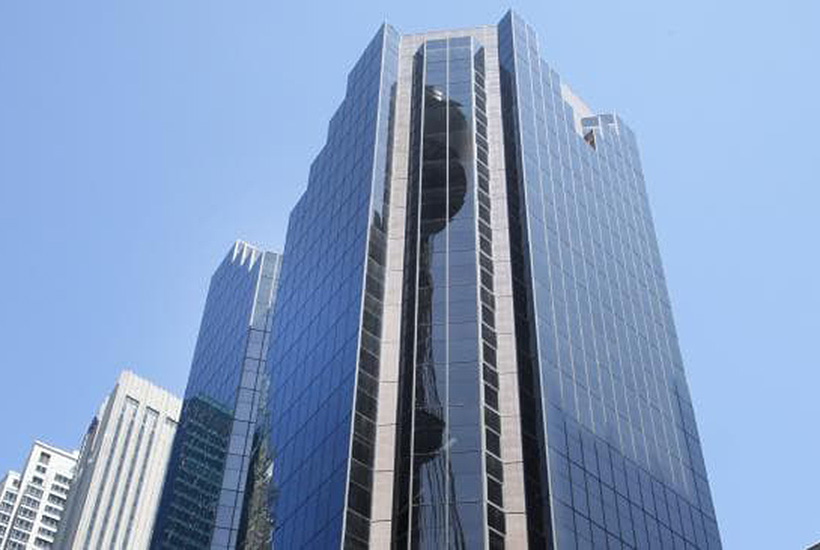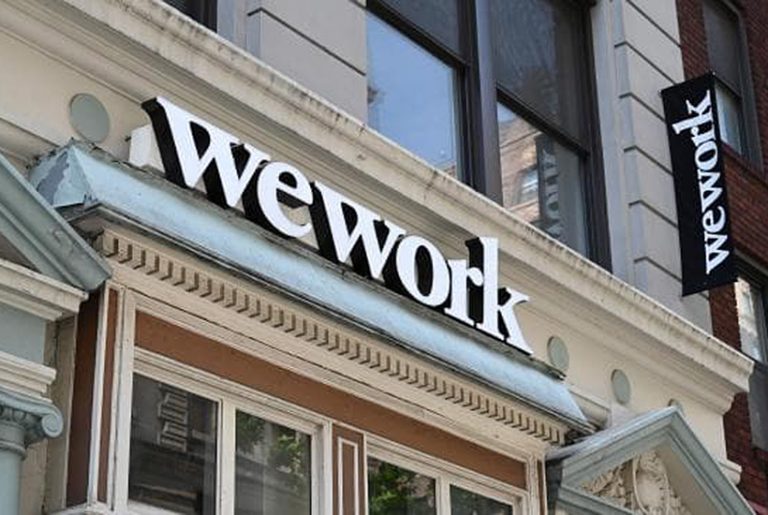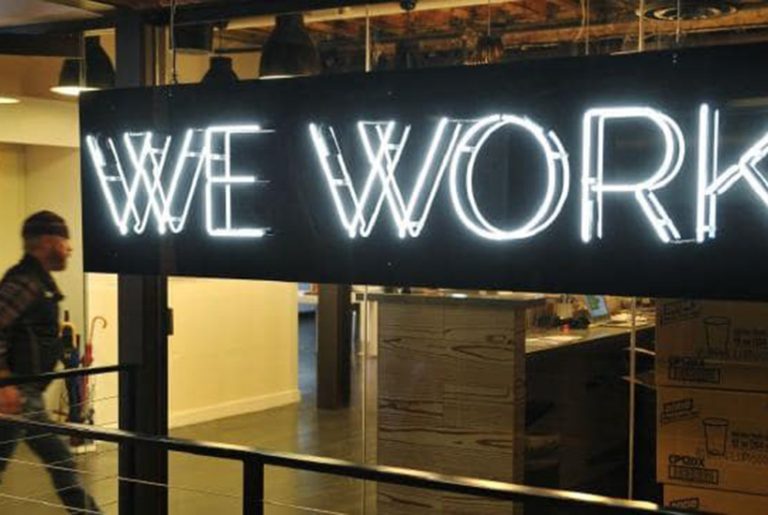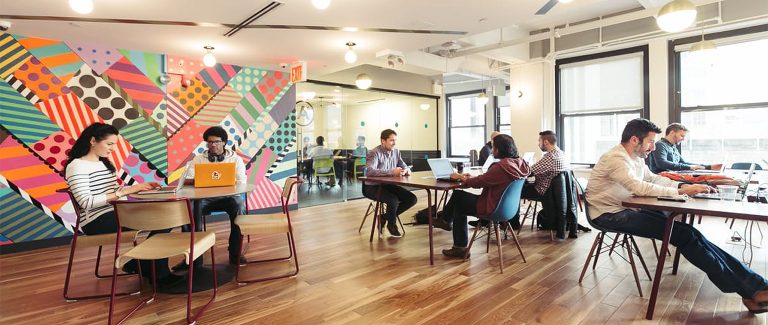WeWork lines up its biggest Australian space

Co-working giant WeWork is in the midst of striking its largest leasing deal in Australia, lining up a whole building to occupy in the heart of Sydney’s central business district on the corner of Market and Pitt streets.
Taking up the 20,000sqm building, managed by Mirvac, on behalf of Chinese sovereign wealth fund China Investment Corporation, would dwarf its previous uptake of office space.
While talks are preliminary the move underscores the importance of co-working tenants in driving Sydney’s leasing market where even large office landlords are either renting out more space to co-working groups or running their own flexible work units, as with GPT’s Space & Co.
Commercial Insights: Subscribe to receive the latest news and updates
WeWork has already swooped on space in a number of buildings, including 320 Pitt St, where it secured about 11,000sqm in the ARA-owned tower, and it expanded its Brisbane operation by taking 4788sqm in Impact Investment Group’s timber building at 25 King St.
WeWork last year said it would lease 10,000sqm in the Daramu House office building at Barangaroo.
The latest complex the US co-working group is set to occupy is at 55 Market St and sits opposite the Pitt Street Mall shopping precinct, Town Hall station and the Queen Victoria Building.
The A-grade complex fronts both Market and Pitt streets and major tenants Westpac, St George Bank and Hastings Funds Management are likely to make way for the co-working group.
Mirvac has also put in plans to help transform the building into a high-end shopping destination, with improvements to its entrance.
Real estate agent JLL calculated that out of the 52,500sqm of leasing activity by flexible space groups in Sydney since 2016, three-quarters has been concentrated in the CBD.
While flexible space groups made up less than 2% of Sydney CBD office stock, they have taken off over the past three years, with their spaces growing at an average of 19.1% per annum between 2016 and 2018.
This article originally appeared on www.theaustralian.com.au/property.







